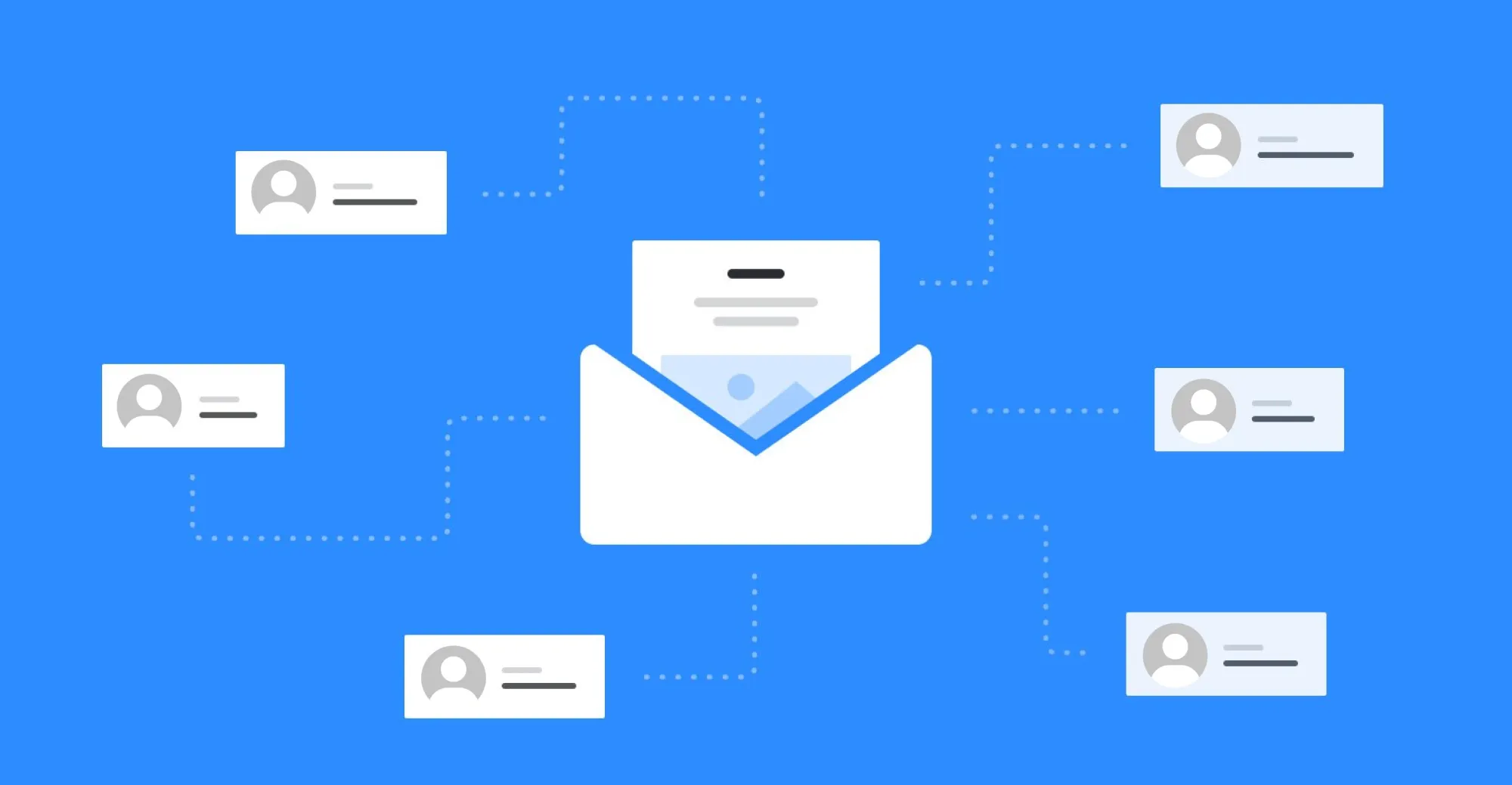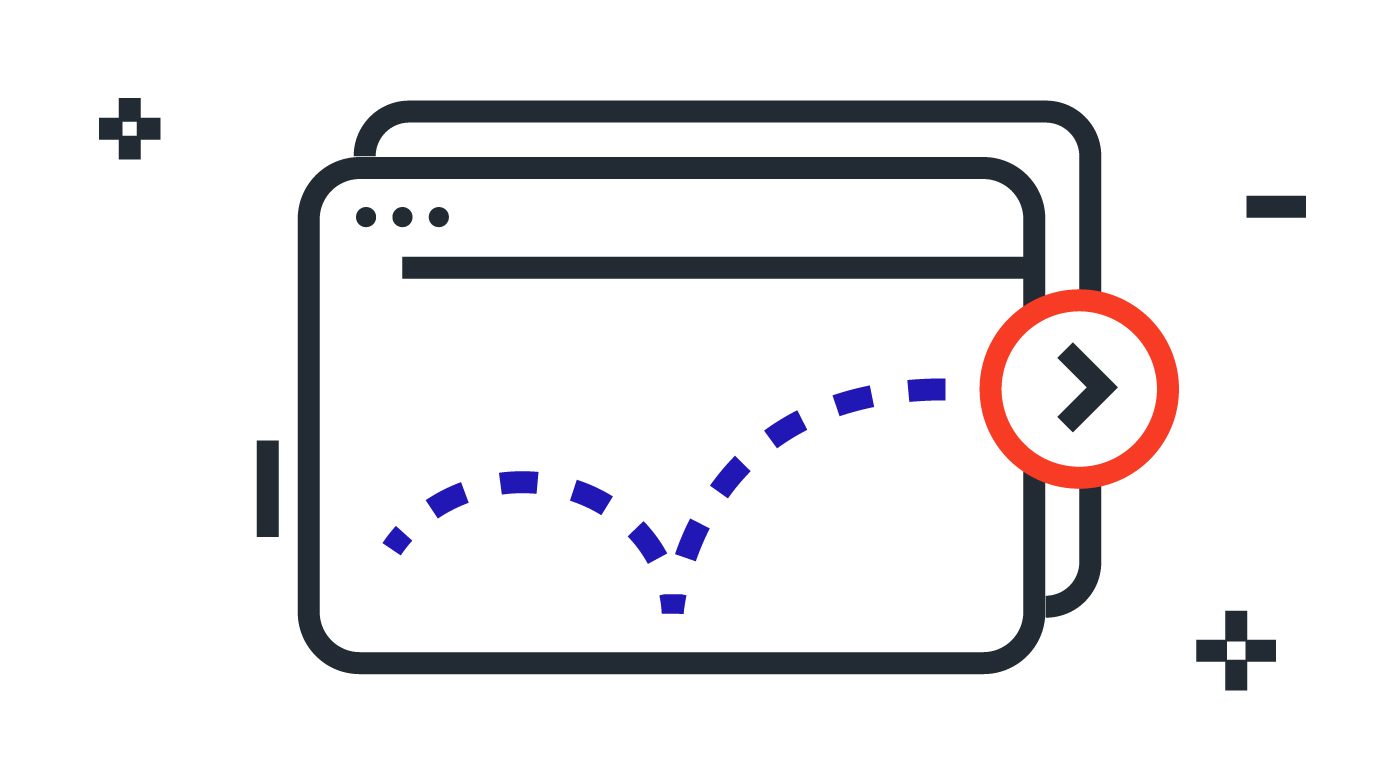Email bounced in Salesforce can be a challenging issue to navigate. Understanding the reasons behind email bounces, how they affect your email deliverability, and how to handle them effectively is crucial for successful email marketing and sales processes. In this article, we'll explore the concept of email bounced in Salesforce and provide insights into optimizing your sales process by managing bounced emails.
The Impact of Email Bounced on Email Deliverability

Email bounce occurs when an email cannot be delivered to the recipient's mailbox. It can happen for various reasons, such as an invalid email address, a full mailbox, or a blocked domain. The email bounced affects your email deliverability in the following ways:
- Sender Reputation: Email bounces can negatively impact your sender reputation, a measure of the trustworthiness of your email domain. High bounce rates can lead to a lower sender reputation, which may result in your future emails being flagged as spam or blocked by email service providers.
- Deliverability Issues: When emails bounce, they don't reach the intended recipients. This can reduce the effectiveness of your email campaigns and hinder your ability to communicate with prospects, customers, or partners. Managing email bounces is essential to ensure that your messages reach the right people.
- Wasted Resources: Sending emails to bounced addresses wastes valuable resources, including time, effort, and email marketing costs. By identifying and handling bounced emails promptly, you can focus your resources on engaging with active and interested recipients.
- Data Accuracy: Bounced emails often indicate issues with the accuracy and validity of contact data. By monitoring and analyzing bounce data, you can identify incorrect or outdated email addresses and take steps to rectify and maintain clean and up-to-date contact lists.

Enabling Bounced Email Management in Salesforce
Enabling email bounce management in Salesforce allows you to effectively handle and track bounced emails. Here's how you can set it up:
1. Enable Bounce Management:
In Salesforce, navigate to the email settings and enable bounce management to activate the email bounce functionality. This enables Salesforce to receive and process bounce notifications.
2. Configure Bounce Settings:
Configure the bounce settings to define how bounced emails should be handled. Specify the email addresses or queues that should receive bounce notifications. You can also set up automatic bounce processing rules to handle bounced emails programmatically.
3. Analyze Bounce Reports:
Regularly analyze bounce reports and dashboards in Salesforce to gain insights into bounce rates, trends, and patterns. This analysis helps you identify potential issues, such as high bounce rates from specific email domains or segments, and take appropriate actions to rectify them.
4. Take Corrective Actions:
When emails bounce, take prompt action. Remove bounced email addresses from your mailing lists, update contact information, or try alternative contact methods to ensure that your messages reach the intended recipients.

Benefits of Effective Email Bounce Management in Salesforce
Implementing effective email bounce management in Salesforce brings several benefits to your sales process:
- Improved Email Deliverability: By actively managing email bounces, you can maintain a positive sender reputation and ensure that your emails reach the recipients' inboxes.
- Enhanced Sales Insights: Analyzing bounce data can provide valuable insights into your sales process. It helps you identify potential issues, refine your messaging, and optimize your outreach strategies to increase engagement and conversions.
- Accurate Contact Data: Bounce management helps identify and correct invalid or outdated contact data. By maintaining accurate and up-to-date contact lists, you can ensure that your communications are reaching the right individuals.
- Efficient Follow-ups: Promptly addressing bounced emails allows for timely follow-ups with recipients who may have experienced deliverability issues. By identifying bounced emails, you can trigger automated actions or manual outreach to ensure the intended recipients receive the necessary information or support.
Commonly Asked Questions about Email Bounced in Salesforce
Here are answers to some commonly asked questions about email bounce management in Salesforce:
1. Why can't I see the "Bounced" field in Salesforce?
In Salesforce, the "Bounced" field is not available directly in the email message record. Bounce information is captured and stored in the email bounce object associated with the email message. You can access bounce data through related lists or custom reports.
2. Can Salesforce automatically handle bounced emails?
Yes, Salesforce can automatically handle bounced emails through the use of bounce processing rules. These rules allow you to define actions to be taken when an email bounce occurs, such as updating contact statuses, triggering workflows, or notifying team members.
3. How often should I analyze bounce reports in Salesforce?
The frequency of analyzing bounce reports depends on your email volume and bounce rates. It is recommended to review bounce reports regularly, at least on a weekly or monthly basis, to identify trends, patterns, and potential issues that require attention.
4. Can I customize bounce notifications in Salesforce?
Yes, you can customize bounce notifications in Salesforce to ensure that the right individuals or teams receive the notifications. By configuring the bounce settings, you can specify the email addresses or queues that should receive bounce notifications.
5. How can I prevent future email bounces?
To prevent future email bounces, maintain clean and up-to-date contact lists, use double opt-in methods to ensure accurate email addresses, regularly validate and verify email addresses, and comply with email deliverability best practices.
Conclusion
Effective email bounce management in Salesforce is essential for maintaining email deliverability, optimizing your sales process, and ensuring accurate customer communication. By following best practices and leveraging Salesforce's capabilities, you can proactively handle bounced emails, improve data accuracy, and drive sales success.



